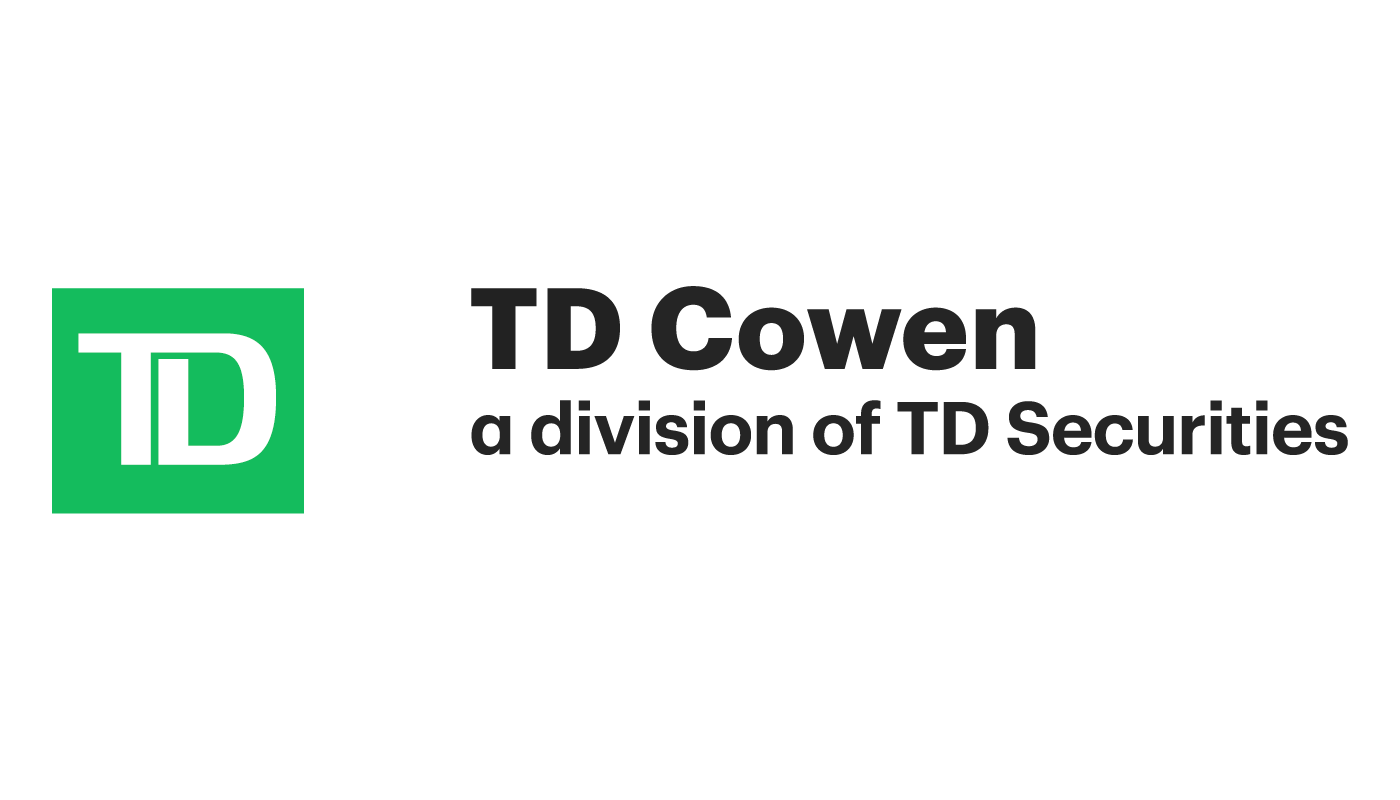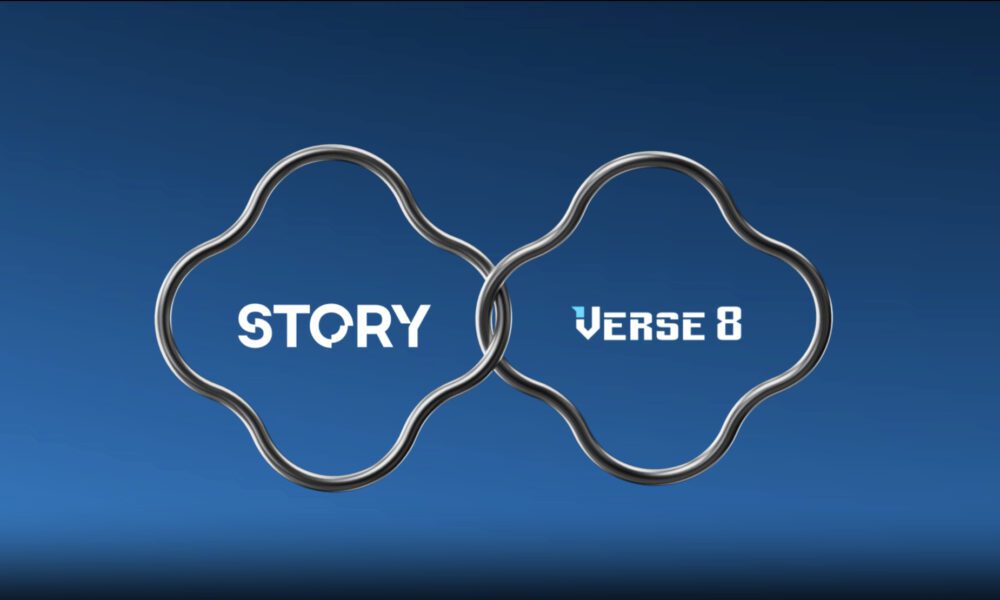Signage outside a Chase bank branch in San Francisco, California, on Monday, July 12, 2021.
David Paul Morris | Bloomberg | Getty Images
Chase UK, the British challenger bank brand of JPMorgan, has blocked customers in the U.K. from purchasing crypto assets.
The company said in a statement Tuesday that, starting Oct. 16, Chase UK customers would “no longer be able to make crypto transactions via debit card or by outgoing bank transfer.”
“Customers will receive a declined transaction notification if they do attempt to make a crypto-related transaction,” the bank said in an email to clients.
“This has been done to protect our customers and keep their money safe.”
The company said it was taking the step because “fraudsters are increasingly using crypto assets to steal large sums of money from people.”
Chase UK cited data from Action Fraud, Britain’s fraud reporting agency, that showed U.K consumer losses to crypto fraud increased by over 40% in the last year, surpassing £300 million for the first time.
Crypto scams accounted for more than 40% of all reported crimes in England and Wales last year, according to the Office for National Statistics, Chase UK said in the customer email.
Chase UK is the latest bank in the country to take steps to limit the ability of their customers to purchase cryptocurrencies.
NatWest imposed limits on its customers which meant they could only send a maximum of £1,000 per day and £5,000 over a 30-day period to crypto exchanges, in an effort to tackle the rise in fraud attempts involving crypto.
HSBC and Nationwide have announced similar restrictions on crypto-linked purchases.
“We’re committed to helping keep our customers’ money safe and secure,” a Chase spokesperson told CNBC via email Tuesday.
“We’ve seen an increase in the number of crypto scams targeting U.K. consumers, so we have taken the decision to prevent the purchase of crypto assets on a Chase debit card or by transferring money to a crypto site from a Chase account.”
WATCH: Crypto enthusiasts want to reshape the internet with ‘Web3.’ Here’s what that means







































